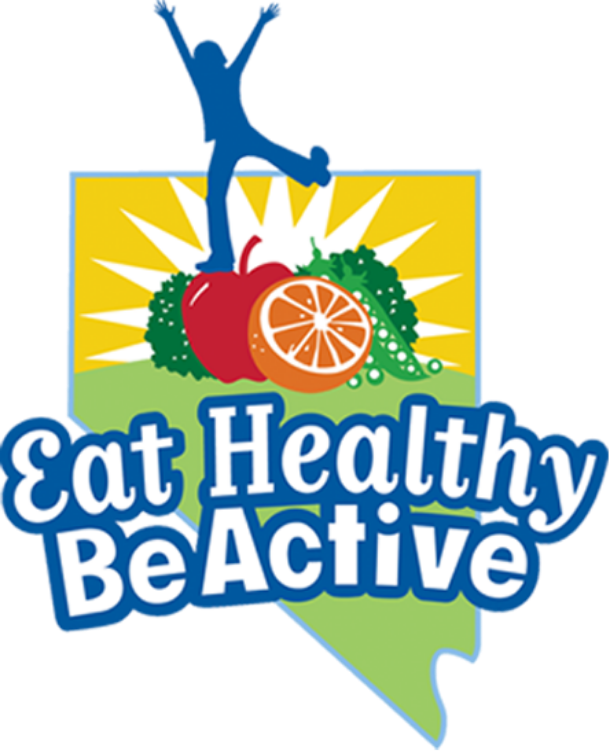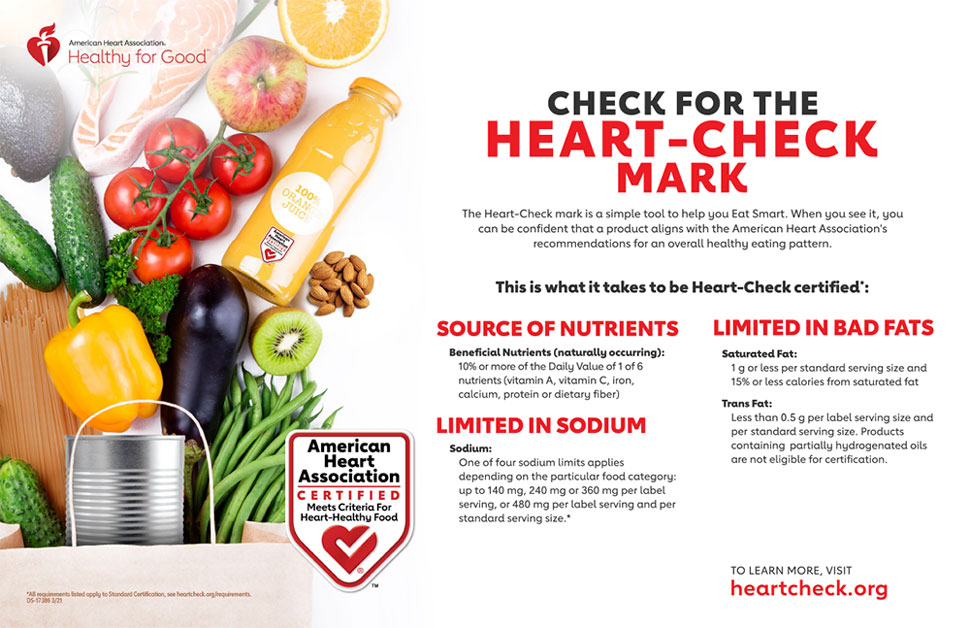Hey there! Stretching your grocery budget doesn’t have to mean sacrificing nutrition or missing out on healthy foods and beverages. We’re here to help you stretch your dollars while keeping your family healthy.
Plan Your Meals: Before you head out, plan your meals and create a grocery list based on healthy eating choices within your food budget. When starting your list think about healthy options and foods you already have. You can use resources like planning MyPlate for ideas in making healthy food and beverage choices at the grocery store on a budget. Having a plan makes navigating the store easier. You can also check out rethinkyourdrinknevada.com for free ideas for healthy beverages with fruits, vegetables, and low-fat milk for tasty and nutritious drinks that are easy on the budget!
Focus on Variety: Shop from the five food groups recommended by MyPlate that are full of nutrients and limited in added sugars. These include fruits, vegetables, whole grains (i.e., whole wheat bread, brown rice or oatmeal), protein and dairy or fortified alternatives (i.e., unsweetened soy milk). Frozen and canned fruits and vegetables are fantastic to eat healthily on a budget. They are convenient and have year-round availability while providing important nutrients. MyPlate recommends lean proteins like eggs, canned tuna, or beans, which are budget friendly. Don’t forget about beverages. According to MyPlate.gov, staying hydrated is essential for your health, and guess what? Tap water is not only safe but also a refreshing, budget-friendly choice!
Compare Prices and Look for Savings: Compare different brands and sizes for the best money-saving options. Store brands are usually less expensive, and you can save by using coupons and store loyalty programs. Buying in bulk for grocery items that last and that you will use before they spoil, like oats, lentils, brown rice, and other healthy options, can also save you money.
By planning meals, choosing a variety of nutrient-rich foods, and comparing prices, you can enjoy a healthy diet while staying within your budget. For more tips about eating healthy on a budget, visit MyPlate.gov.
This blog post was written by Deborah Joakimson, M.S., N.D.T.R.

